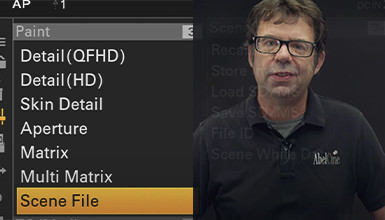We first previewed the new firmware earlier this year, but now that it's out, here's a deeper look at some of the features. You can download the firmware update for free from Sony.
*UPDATE 05/14/2021: Sony has now released firmware version 2.1 for the FX9. This update adds the ability to output 4K 120fps RAW via the XDCA-FX9 extension back when used with a compatible external recorder. Additionally, the white balance function has been adjusted to reduce what some have experienced as a bias towards green when using daylight settings.
What's New
New Recording Modes
Sony has added a new sensor mode (‘Imager Scan Mode’) called FFcrop 5K. This uses a super-sampled 5K region of the sensor to produce a 4K DCI file to take advantage of oversampling and sits between the 1:1 Super35 4K sensor mode and the camera’s full-frame 6K mode. The FFcrop 5K allows for shooting at up to 50p or 59.94p in the DCI 17:9 “full container” aspect ratio. 4K DCI is also now available in the existing FF 6K and S35 4K modes. In addition, the camera can now be put in 24fps (aka 24 ‘flat’, distinct from 23.98fps) as the recording format for creating projects for theatrical exhibition and compatibility with film-based workflows.
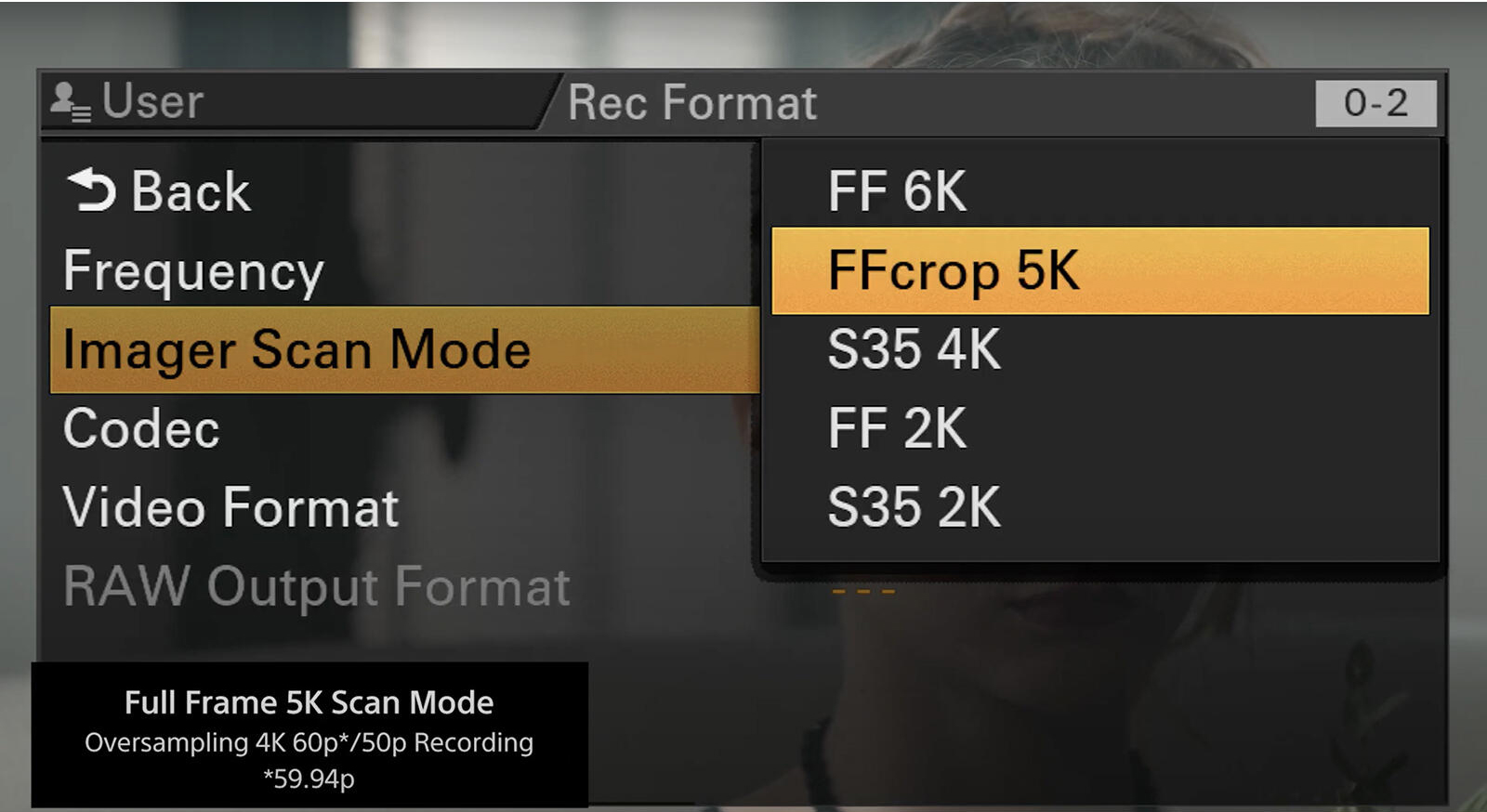
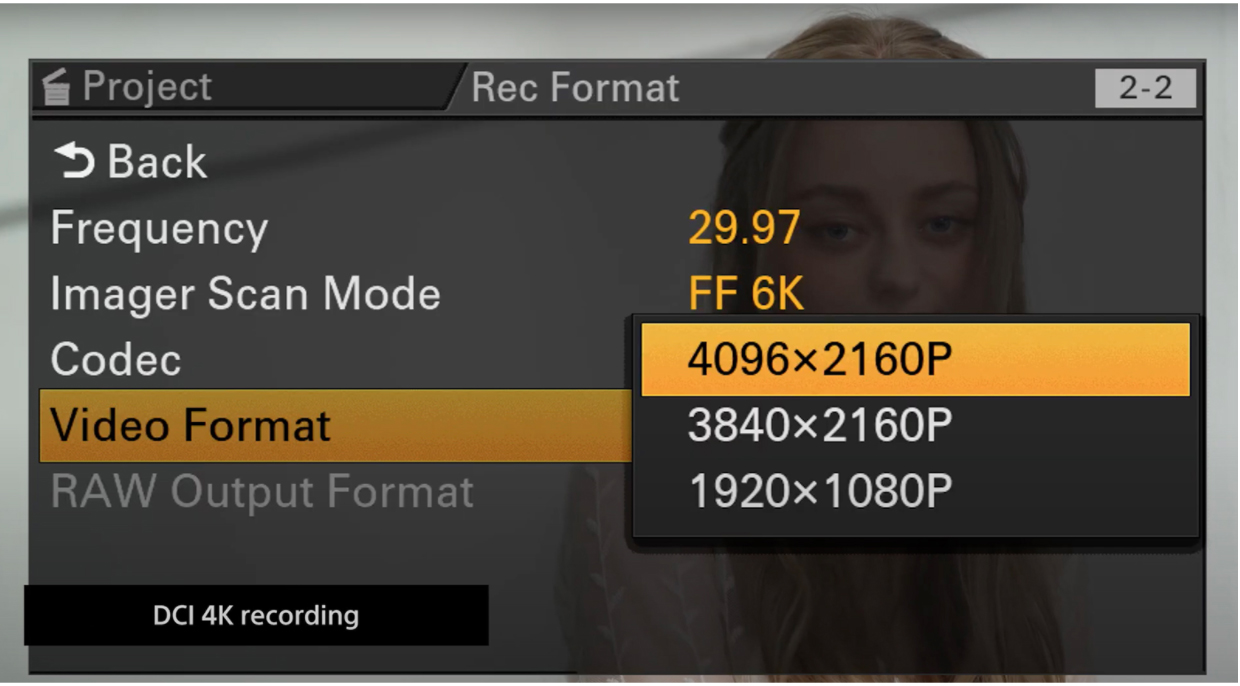
User 3D LUTs
In addition to Sony’s familiar Monitor LUT functionality, when shooting in the camera’s CineEI mode for later color grading, owners can now create their own 17- or 33-sided 3D LUTs (in .cube format) and load them directly into the camera, allowing project-specific looks to be monitored on set during shooting.
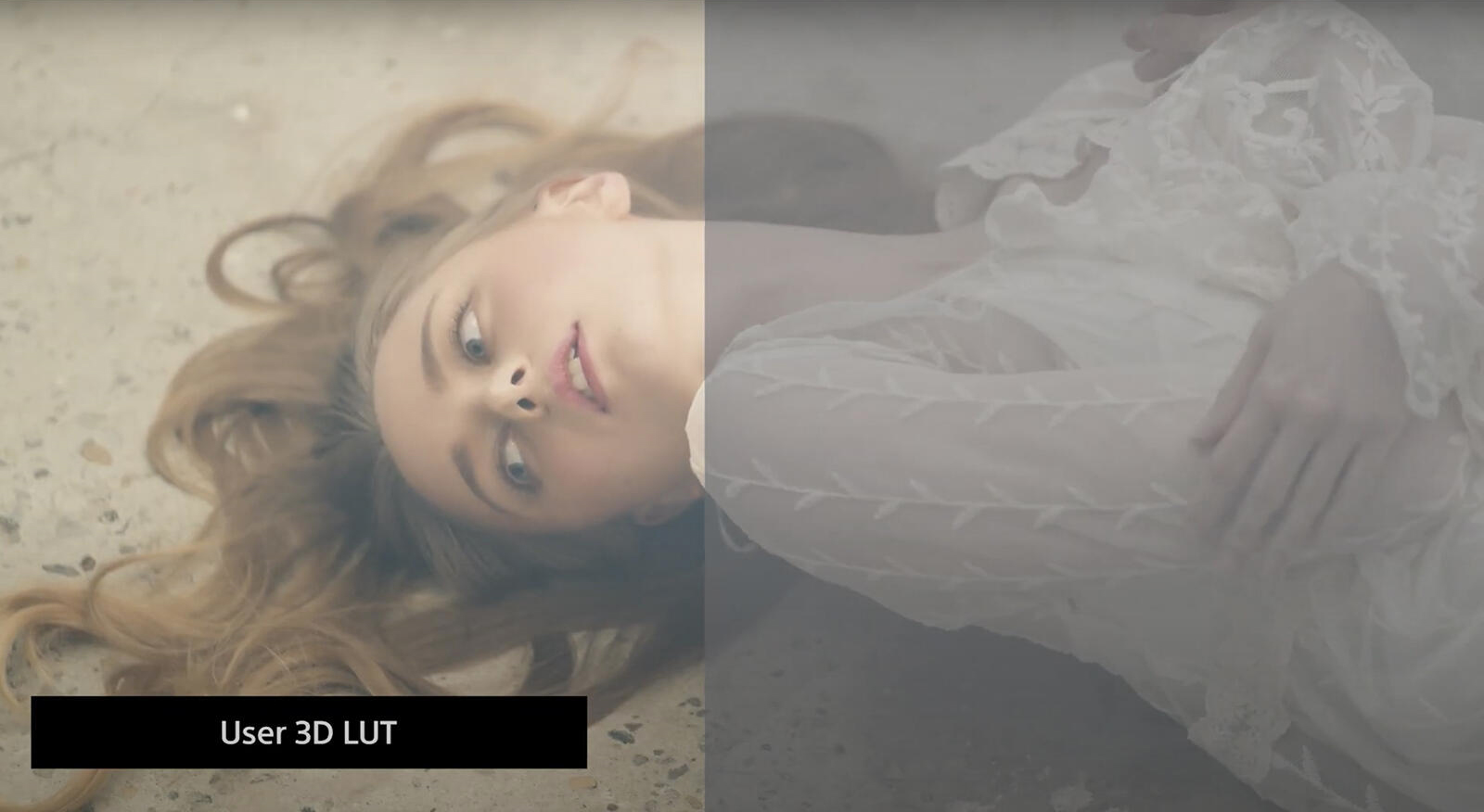
RAW Output, HDR and ISO Range
Sony has enabled the FX9 to output a RAW bitstream via the ‘RAW OUT’ SDI terminal on the optional XDCA-FX9 extension unit, allowing a RAW signal to be sent on to a compatible external recording in full 16-bit.
The camera also now supports two variations of Hybrid-Log Gamma, a type of HDR signal geared for live event shooting when there isn’t time to create separate HDR and SDR versions. In conjunction with the REC2020 HDR color space, the camera supports what it calls ‘Natural’ and ‘Live’ versions of HLG for either better backwards compatibility with REC709 displays or more impactful HDR performance.
With firmware 2.0, the camera’s maximum sensitivity now goes up to 102,400 when expressed as ISO (or up to 27dB in terms of gain), up from 32,000, when using the ‘High’ sensitivity base.
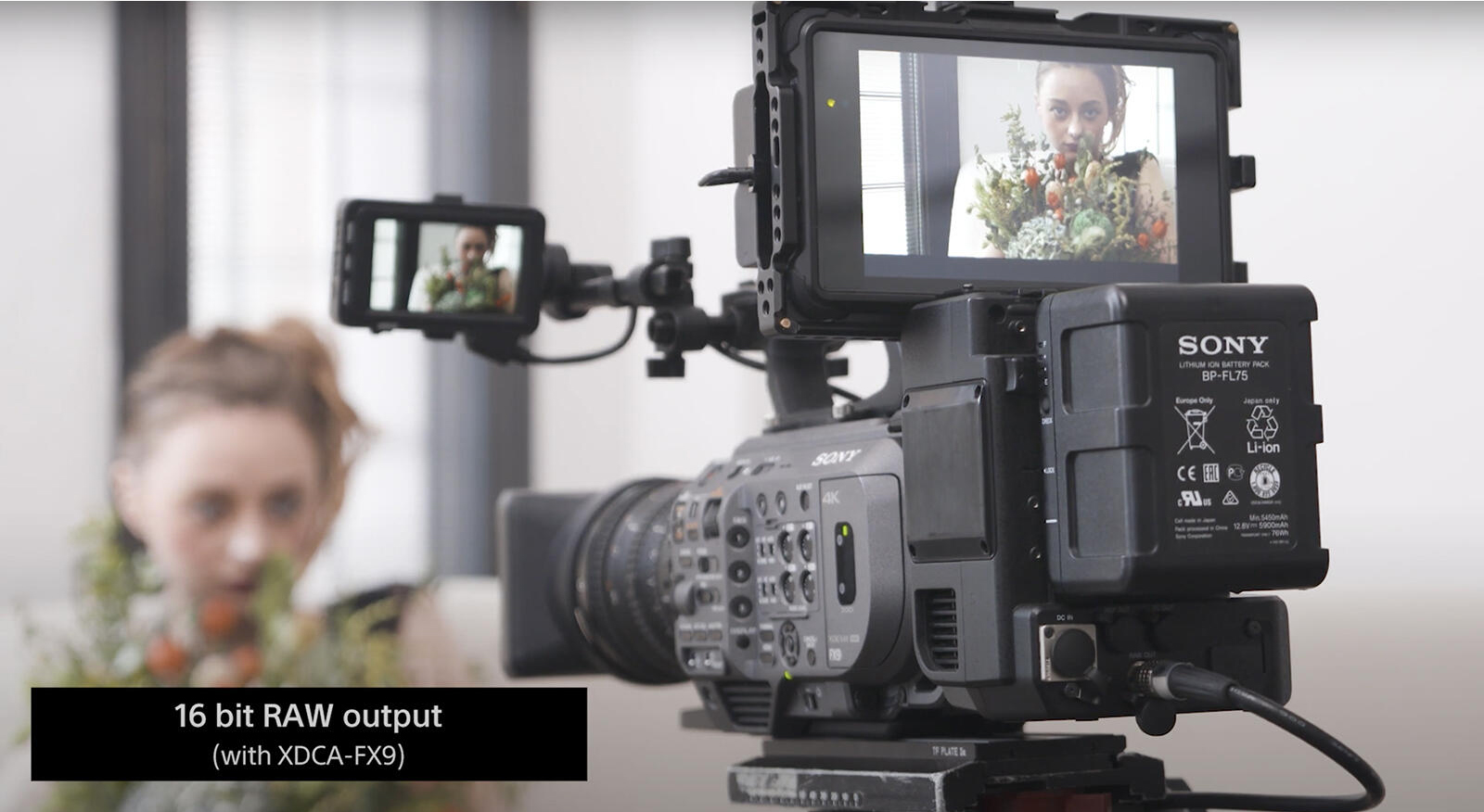
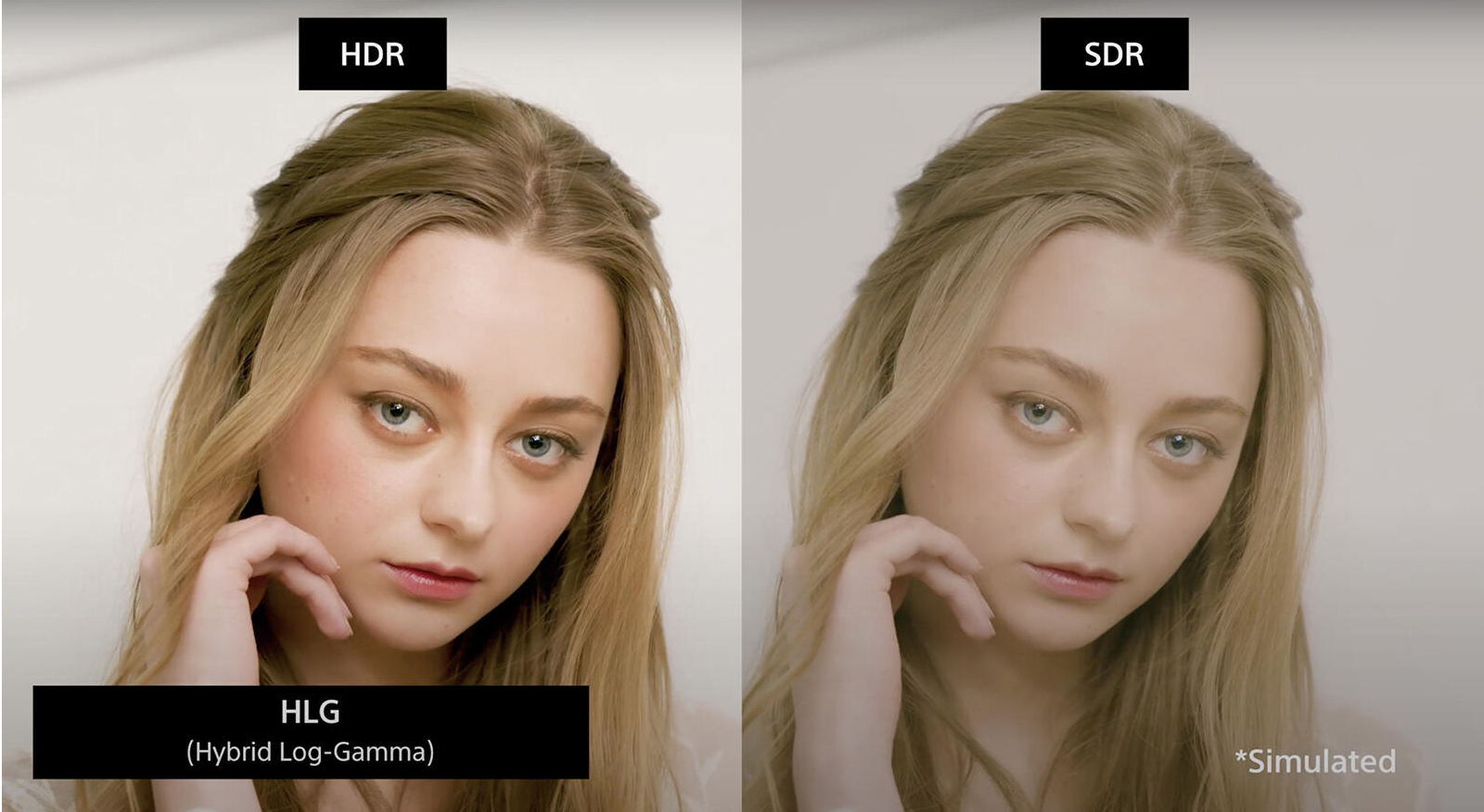
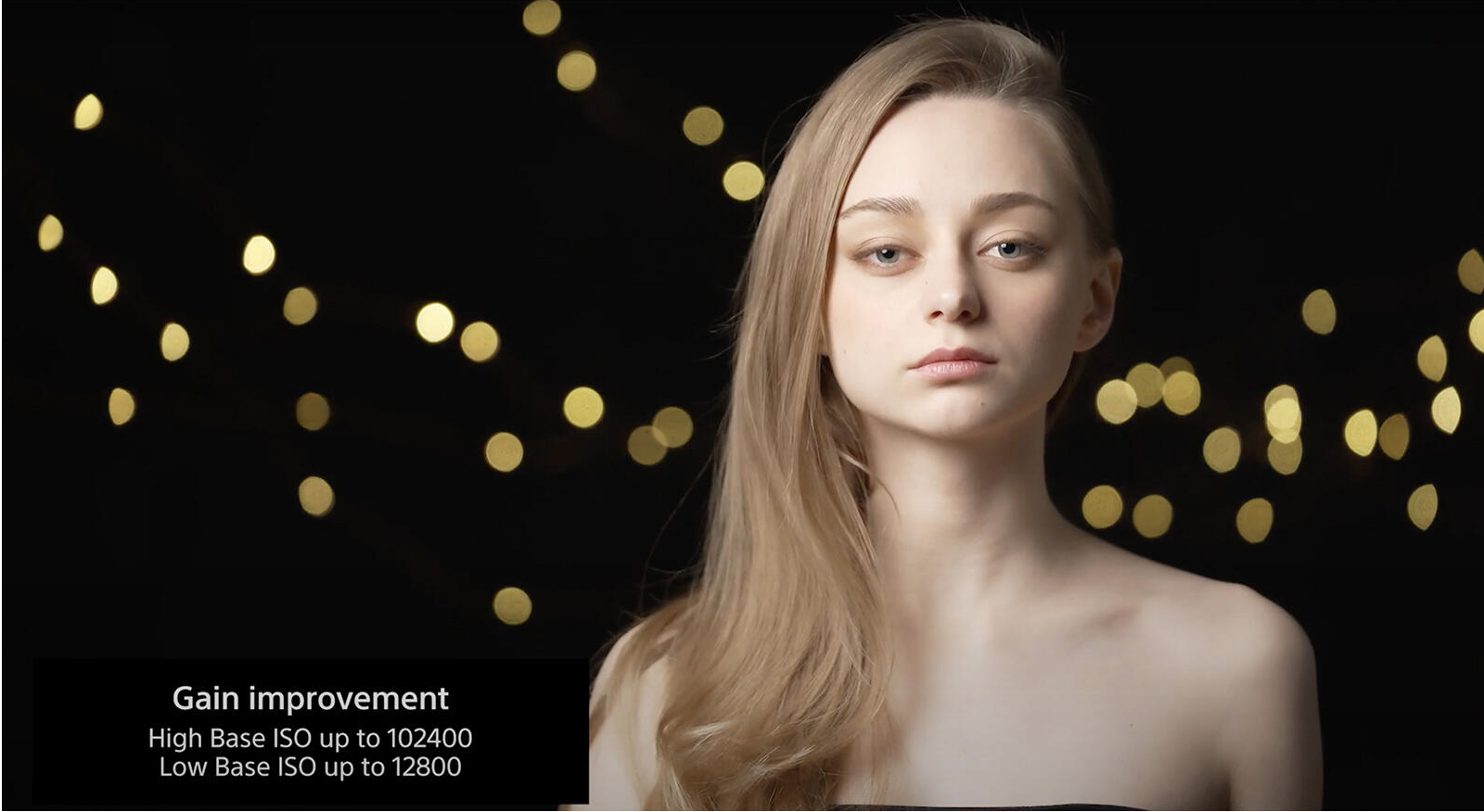
Autofocus and Touch Control
In addition to face detection, which the camera has supported since launch, eye detection is now also supported, as in recent Sony Alpha 7-series full-frame mirrorless cameras. Autofocus transition speed and subject shift sensitivity can now be assigned to buttons on the camera and face/eye detection performance has been improved in Cine EI mode when shooting with S-Log3.
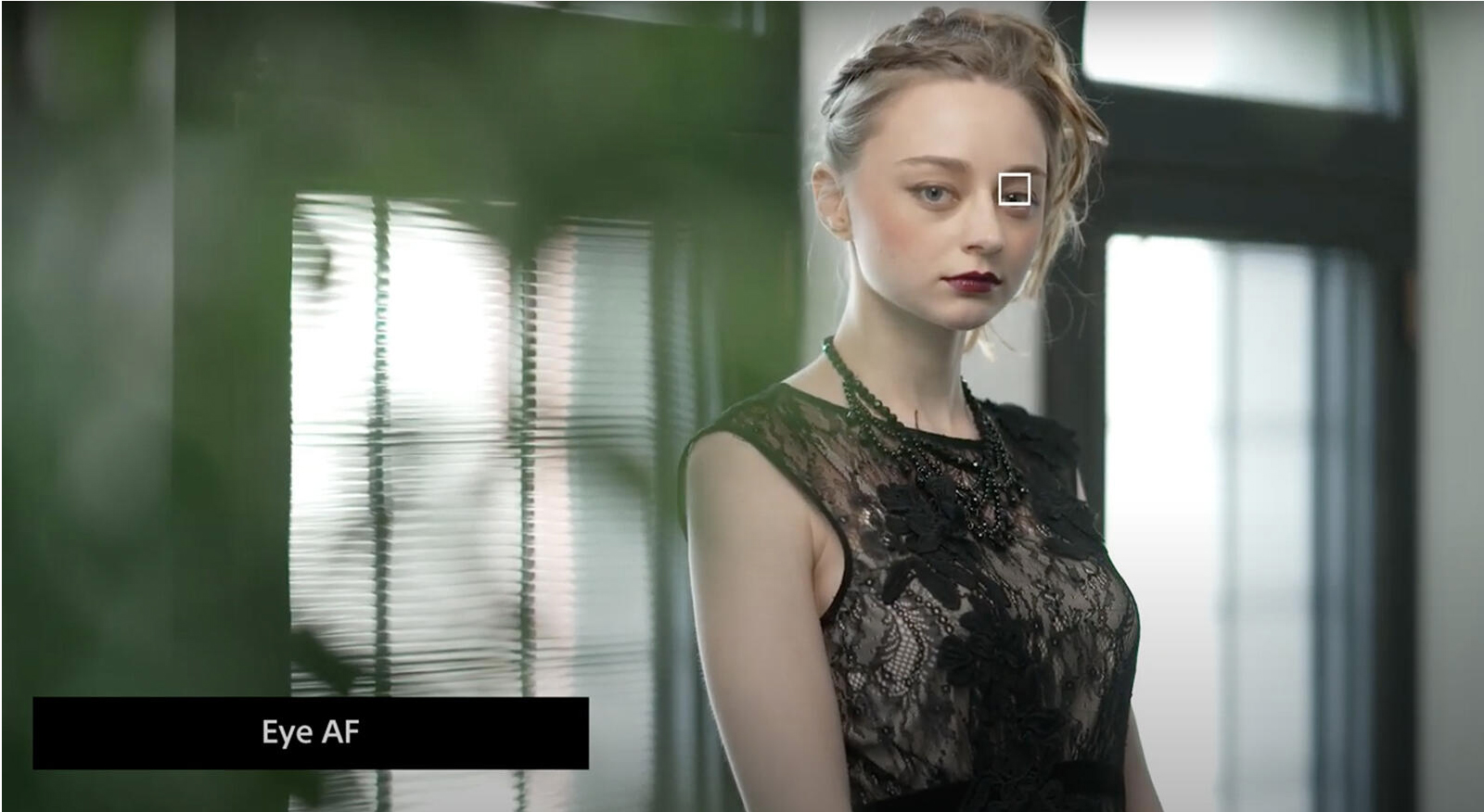
Also, Sony has ‘unlocked’ touch control using the main LCD screen — when using the Flexible Spot or Zone autofocus modes, you can tap to place the focus area, or tap and swipe to move it. Touch control can change settings directly from the status screen, including frame rate, ISO, Imager Scan mode, codec, resolution, and more.
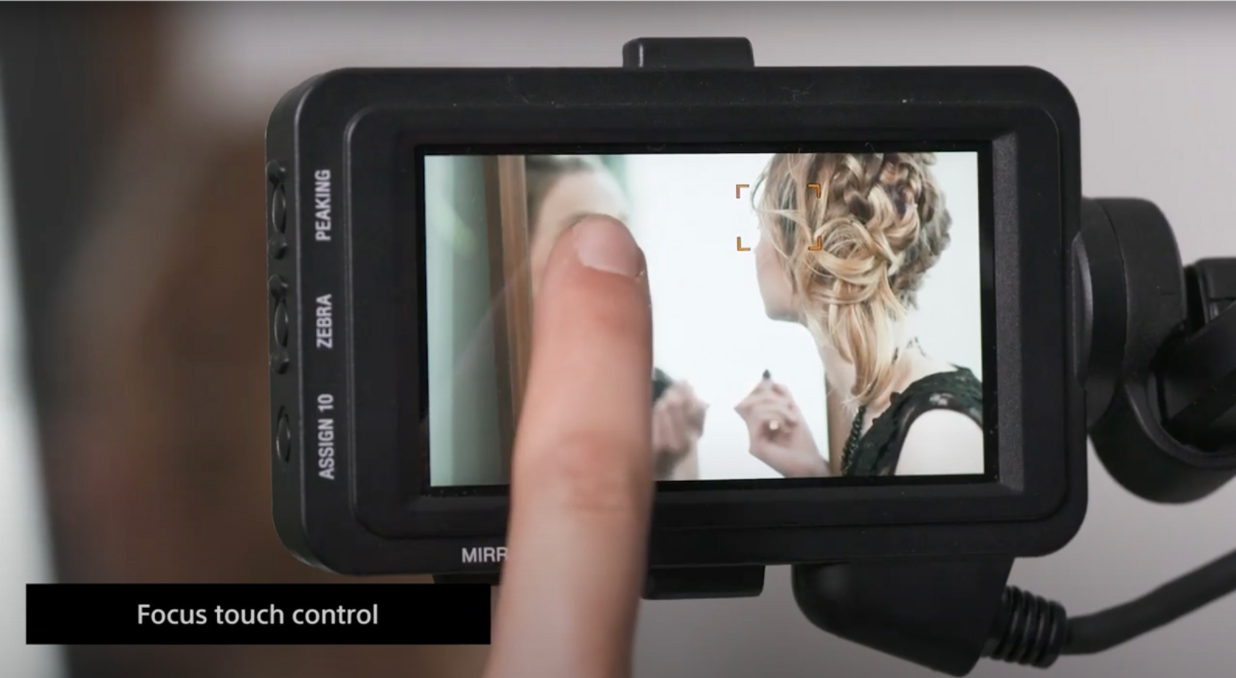
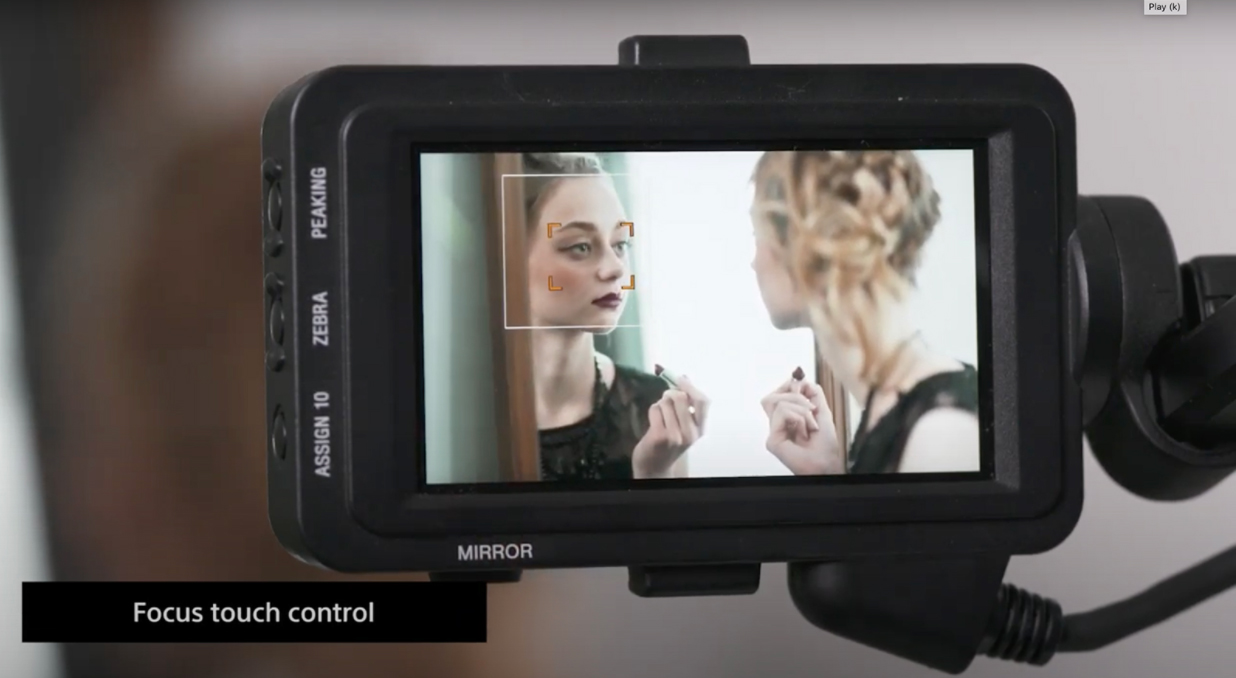
Other New Features and Improvements
- When shooting in S35 2K Imager Scan mode, image quality has improved
- Maximum frame rate in the FF 2K scan mode now goes up to 150fps or 180fps (including when shooting FHD 1920x1080)
- Support for two of Sony’s “slot-load” wireless audio receivers has been added when using the XDCA extension unit (URX-S03D UHF Synthesized Diversity Tuner and DWR-S02DN Digital Wireless Receiver)
- The XLR-K3M adapter for the camera’s Multi-Interface shoe now supports direct digital transmission of the audio signal to the camera
- Using the USB port on the XDCA extension unit, a smartphone can be tethered to the camera to allow it to access the internet
- When showing a lens’ iris setting in the status overlay, it will now read out in T-stops when a compatible T-calibrated lens is attached
- Passwords used for basic authentication must now be a minimum of 8 characters for enhanced security

















